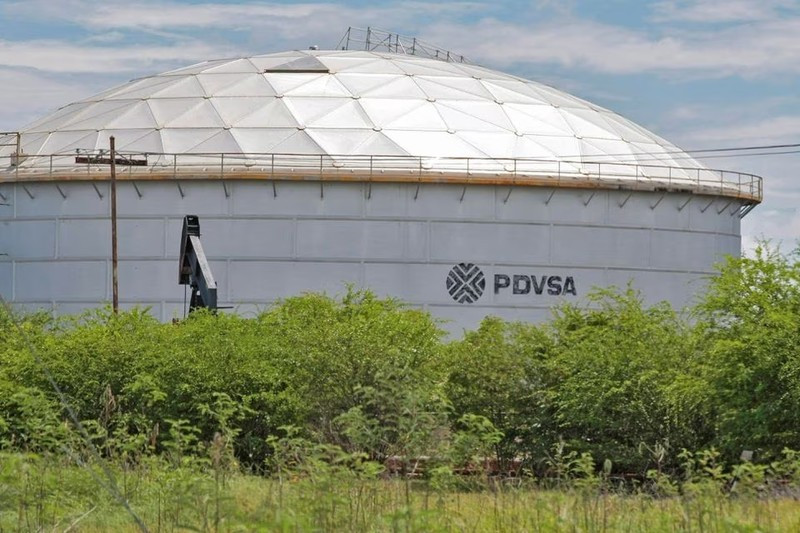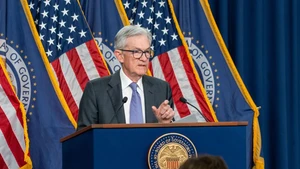However, analysts predict that the “black gold” will increase in price in the second half of this year, and preparing to cope with the volatility of oil prices is a must for all economies.
In the past week, world oil prices dropped in two consecutive sessions, after having prospered at the beginning of the week. Ending the session on March 24, the price of Brent crude oil futures fell 92 cents (equivalent to 1.2%) to 74.99 USD per barrel.
Meanwhile, the price of US WTI light sweet crude also lost 70 cents (or 1%) to 69.26 USD per barrel. In the previous week, Brent and WTI oil prices also simultaneously recorded a sharp decline and fell to the lowest level in 15 months.
Analysts said that oil prices fell due to the negative impact of the recent banking crisis in the US and Europe. Traders are increasingly concerned that turmoil in the US and European banking sectors could darken the economic outlook, which in turn affects energy demand.
Accompanying the decline in oil prices, last week, the group of banking stocks in Europe also "slipped" with Deutsche Bank and UBS Group, due to being strongly affected by worries about the worst problems in this sector, since the 2008 financial crisis. The volatility is likely to linger in the coming days, as broader concerns about financial markets remain at the forefront, according to ING Bank analysts.
However, many economists believe that the sharp decline in oil prices will not last long and the price of “black gold” may “slope” again in the second half of this year.
The driving force behind the increase in oil prices is due to increased demand after China and the global economy regained their momentum after the COVID-19 pandemic. China’s economy is forecast to grow more than 5% this year after the country abandoned its “zero COVID” policy and reopened to the world. Goldman Sachs says commodity demand is growing in the world's biggest oil importer, with oil demand reaching 16 million bpd.
The International Energy Agency said China accounted for nearly half of the 2 million bpd increase in world oil demand, which could outpace supply after the first half of this year and prompt producers to reconsider their output policy.
In addition to China, oil demand will also increase globally. In its most recent monthly report, OPEC forecast global demand growth at 2.32 million bpd.
Another factor that has caused oil prices to increase, even in the short term, is that oil-exporting countries cut production. Three representatives of the Organization of the Petroleum Exporting Countries (OPEC) and its allies, the OPEC+ group, have said they may continue to implement the agreement to cut production by 2 million bpd, until the end of the year.
Falling oil prices are a problem for most OPEC+ members, as their economies are heavily dependent on oil revenues. So, in October 2022, OPEC+ agreed to cut production by 2 million bpd from November 2022 until the end of 2023, despite calls from major consuming countries to increase production.
The results of a poll released by Reuters recently showed that the world oil market will fall into a shortage, due to Russia cutting supply and China increasing consumption, so oil prices are expected to increase to 90 USD per barrel, in the second half of this year.
A poll of 49 economists and forecast analysts showsthat Brent crude oil prices will be at an average of 89.23 USD per barrel this year, down from 90.49 USD per barrel in January, but still much higher than the current level. The WTI light sweet crude oil price will be 83.94 USD per barrel.
Meanwhile, the CEO of Russian oil and gas company Gazprom, Neft Alexander Dyukov, forecasted oil prices could be in the range of 80-110 USD per barrel in 2023.
Oil is considered the “blood vessel” of the economy, so when oil prices strongly fluctuate and are expected to change erratically as above, it partly reflects difficulties,as well as the instability of the global economy.
Accordingly, this reality requires governments, financial institutions, and businesses, to actively develop long-term strategies and adjust flexible short-term plans, to adapt to market fluctuations in the oil market in the near future.
















